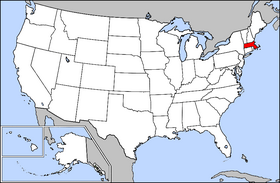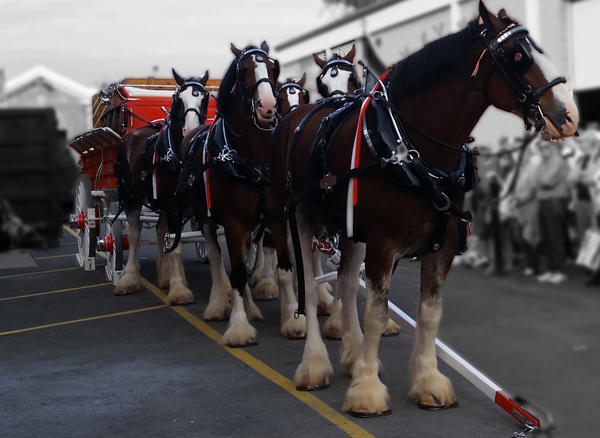|
Lee
and Karen Duquette, The Two RV Gypsies: Full-Time RVers at The Big E in Springfield, Massachusetts September 24, 2014 |
 |
 |
 |
The Big E, also known as The Eastern States Exposition, is billed as "New England's Great State Fair". It is the largest agricultural event on the eastern seaboard and the sixth-largest fair in the nation. The Big E is inclusive of all six of the New England states: Connecticut, Maine, Massachusetts, New Hampshire, Rhode Island, and Vermont. Each of the New England states is prominently represented at the fair.Located in The Pioneer Valley of Western Massachusetts, a short distance from the Memorial Bridge spanning the Connecticut River, The Big E is held every autumn in West Springfield, Massachusetts. Each year, the fair opens on the second Friday after Labor Day and runs for seventeen days. |
|
 |
 |
|
|
 |
 |
 |
 |
Below: Lee Duquette and his new lady
friend, |
Below: The Big E Lifeguard |
 |
 |
Below: A real-life Mr. Potato Head |
|
 |
|
|
|
| Menu for the two RV Gypsies in Massachusetts; You may visit these 5 sections in any order you choose |
Butler Sculpture Park |
Lee Duquette in Lee, Massachusetts |
The Big E (this page) |
Jacobs Ladder Scenic Byway |
Otis Poultry Farm "The Chicken Store" |
 LOOK BELOW
LOOK BELOW |
|
ORContinue Navigation in any year, any place, in the
order of your choice |
|||||

|
|||||
 |
 |
 |
 |
 |
|
 |
 |
 |
 |
 |
|
 |
 |
 |
 |
 |
 |
 |
 |
 |
 |
 |
 |
 The Clydesdale is a breed of draught horse derived from the farm horses of Clydesdale, Scotland, and named after that region. Although originally one of the smaller breeds of draught horses, it is now a tall breed. They show significant white markings due to the presence of sabino genetics. The breed was originally used for agriculture and haulage, and is still used for draught purposes today. The Budweiser Clydesdales are some of the most famous Clydesdales.
The Clydesdale is a breed of draught horse derived from the farm horses of Clydesdale, Scotland, and named after that region. Although originally one of the smaller breeds of draught horses, it is now a tall breed. They show significant white markings due to the presence of sabino genetics. The breed was originally used for agriculture and haulage, and is still used for draught purposes today. The Budweiser Clydesdales are some of the most famous Clydesdales. AFTER
you have seen all four (4) sections above,
AFTER
you have seen all four (4) sections above, 
